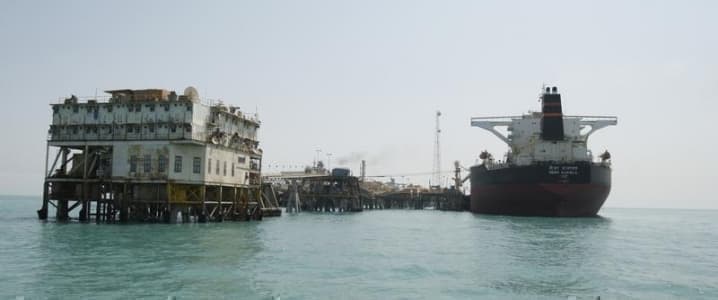Oil prices rose and fell in the aftermath of the latest escalation between the United States and Iran, but one kind of oil remained more resilient than the rest: heavy crude.
Heavy crude grades traditionally trade at a discount to lighter crudes, and they still are. But if, as some fear, Iraq becomes a battlefield, this may change.
Asian refineries are the main drivers of heavy crude oil demand even after the new sulfur emissions rules of the International Maritime Organisation took effect at the start of this year. Many warned that IMO 2020 will seriously dampen demand for heavy crude but this doesn’t seem to be the universal case.
S&P Global Platts reported this week that state-owned and private refiners in China and South Korea are turning their attention to South America and Mexico in order to make sure their supply of heavy crude would remain uninterrupted even if things go south in the Middle East and supplies of Iraq’s Basra Heavy are affected.
There is no panic in the industry but there is an increased awareness of the possibility of a supply disruption. To avoid a negative impact on refining activity, Chinese and South Korean companies are making a list of substitutes for Basra Heavy. Top among these are Mexico’s Lula, the Colombian Castilla blend, and Mexico’s Mayan crude.
Colombia’s Castilla and Mexico’s Lula are already popular among Chinese refiners. Imports of Castilla between January and November 2019 rose 21 percent on the year, for example, and chances are they will continue to rise as a more secure alternative to Basra crude.
For South Korean refiners, Mexico’s Mayan crude is the preferred alternative to Iraqi heavy, according to industry sources cited by S&P Global Platts. Despite its high gravity and sulfur content, which make it difficult to process by many refineries, South Korean ones are sophisticated enough to be able to turn it into low-sulfur fuel. Related: Six Of The Hottest Oil Stocks For 2020
Yet, according to other industry sources, heavy crude is not the only problem. Bloomberg reported this week that Chinese and Indian refiners are worrying about the security of supply for another, more popular blend, Basra Light.
Basra Light, a medium sour grade, makes up most of Iraq’s oil exports, most of which are going to China and India. Unlike with heavy crude, there are few alternative suppliers of medium sour crudes. Iran is one, but U.S. sanctions have shrunk its exports severely.
“Demand for Basrah light from Asian refiners has been particularly strong as Iranian sanctions have limited alternative supplies in the region,” Andrew Toumazi, CEO of OTC electronic trading software provider BLOC-X, told Oilprice. “Anxious term buyers will be looking to Angola and Latin America for contingency barrels in the coming months.”
Toumazi added that a supply disruption scenario similar to the Saudi attacks from last September was a realistic one in the coming months.
Mexico also produces medium sour crude but, according to Bloomberg, output is on the decline. Russia also produces medium grades and Canada is a large producer of heavy crude but, according to Bloomberg, Chinese refiners would find it difficult to switch from Iraqi crude to other medium and heavy grades because it makes up their baseload refining volumes.
Meanwhile, Asian refiners are diversifying their suppliers thanks to the growing shale oil production in the United States. Imports of U.S. crude are growing across the continent, but so are imports from other non-Middle Eastern countries. This could be a long-term strategy to reduce the region’s dependence on Middle Eastern oil.
Yet this dependence will remain in place: there is simply too much cheap oil coming out of the Middle East to ignore for developing economies such as China and India—both heavily reliant on imported oil and hence vulnerable to price swings—and even developed economies such as Japan and South Korea.
By Irina Slav for Oilprice.com
More Top Reads from Oilprice.com:
- Oil Tanks As Trump Claims Iran Is Standing Down
- Billions In Worthless Assets Plague The Oil & Gas Industry
- Is Europe’s Latest Gas Deal A Win-Win?


















